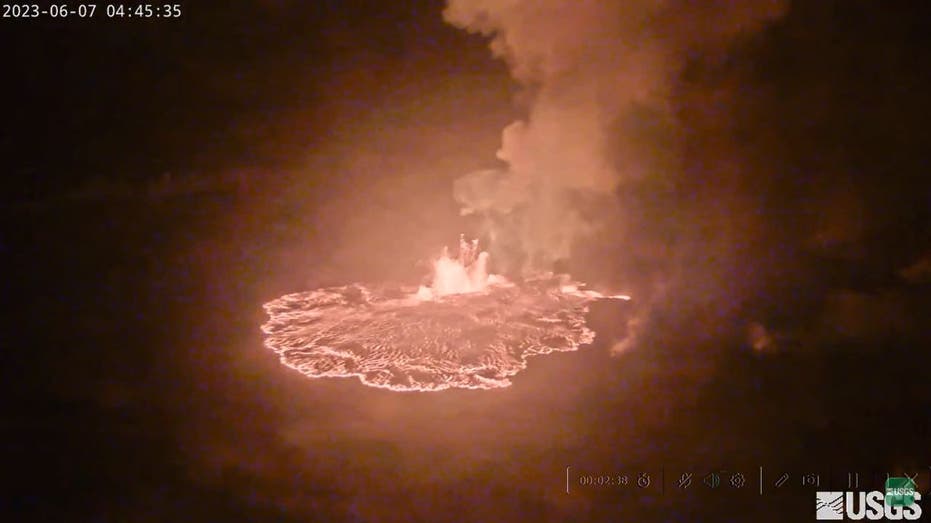Scientists Make Groundbreaking 'Gold' Discovery in Hawaiian Volcanic Rocks
Göttingen researchers discover gold and ruthenium in Hawaiian volcanic rocks, indicating core materials are reaching Earth's surface.

A team of researchers from Göttingen University in Germany has made an unexpected discovery in volcanic rocks from Hawaii: traces of gold and other precious metals believed to have originated deep within the Earth’s core. The study, led by Dr. Nils Messling of the university’s Department of Geochemistry, provides compelling new evidence that materials from the planet’s innermost layers are reaching the surface through volcanic activity.
“When the first results came in, we realized that we had literally struck gold! Our data confirmed that material from the core, including gold and other precious metals, is leaking into the Earth’s mantle above,” said Dr. Messling in a recent news release. This revelation could reshape scientists’ understanding of the planet’s inner dynamics, particularly how elements circulate between the core, mantle, and surface.
It has long been believed that approximately 99% of the Earth’s gold lies far out of reach, buried about 1,800 miles below the surface in the metallic core. The discovery of ruthenium, another precious metal found alongside the gold, suggests these volcanic rocks originate from extreme depths—potentially the boundary between the core and mantle.
Professor Matthias Willbold, also involved in the research, explained, “Our findings not only show that the Earth’s core is not as isolated as previously assumed. We can now also prove that huge volumes of super-heated mantle material—several hundreds of quadrillion metric tonnes of rock—originate at the core-mantle boundary and rise to the Earth’s surface to form ocean islands like Hawaii.”
Detecting these rare signatures hinges on advances in isotope analysis. The isotopes of ruthenium present in the core differ slightly from those on the surface—a distinction so minute it was previously imperceptible. Researchers at Göttingen University have developed new procedures capable of identifying these tiny differences, opening up doors for deeper exploration of planetary processes.
“Whether these processes that we observe today have also been operating in the past remains to be proven. Our findings open up an entirely new perspective on the evolution of the inner dynamics of our home planet,” Dr. Messling remarked.
The implications of this discovery extend beyond geology. If precious metals such as gold are indeed making their way up from the core, it could help explain the surface abundance of elements critical for technologies such as renewable energy. As researchers continue to study volcanic rocks from regions like Hawaii, they hope to better understand how the Earth’s hidden resources might become accessible in the future.




